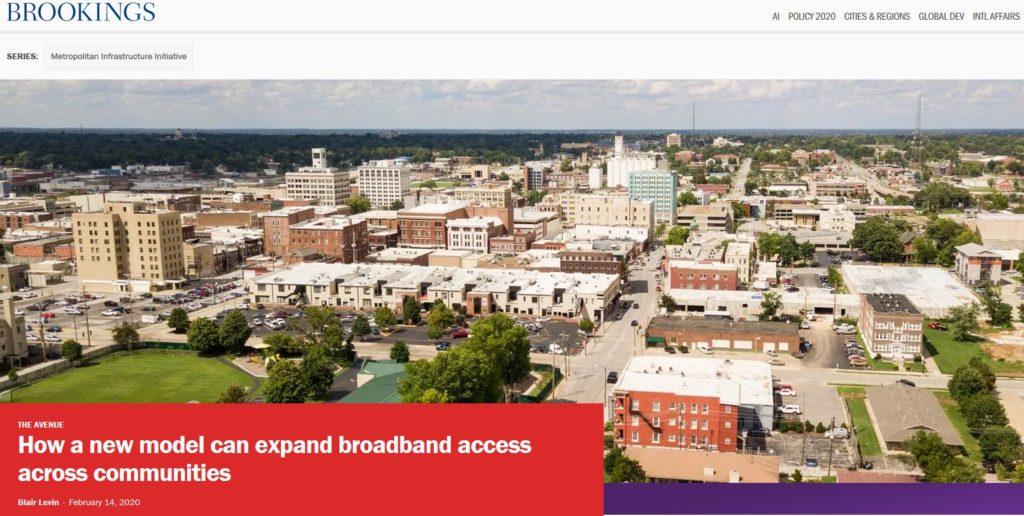The US Broadband Internet market is broken.
While this has been acknowledged for years, the fact is that federal and state government grant and subsidy programs that are intended to expand connectivity are insufficient, and a market-based solution has yet to successfully materialize.
Until now.
In 2016, Blair Levin (lead author FCC’s National Broadband Plan) took the position that insufficient broadband connectivity in the US would not be fixed until we are able to change the math on traditional network build economics.
Essentially, necessary investments in fiber broadband infrastructure are not made for two main reasons:
- The costs of building new or improved broadband networks outweigh the benefits for broadband service providers.
- The barriers of entry for new service providers to enter a new market are too high.
Over the past decade, The Broadband Group (TBG) has been working with cities and regions to identify a strategy that allows for fiber infrastructure investments to be made in urban and rural markets that otherwise would or could not occur under traditional metrics.
TBG has identified a market-based solution that has been accepted, adopted, and replicated by the industry’s largest broadband service providers. The solution is now referred to as the Utility Lease Model and has been successfully launched in both Huntsville, Alabama and Springfield, Missouri.
The Utility Lease Model enables the expansion of fiber infrastructure nationwide by advancing the interests of two industries that require increased fiber infrastructure in their networks: Electric Utilities and Broadband Service Providers.
The Utility Lease Model:
- Respects the metrics of the broadband industry which allows adoption and use of the model by established service providers.
- Maintains a reliance on private enterprise, avoiding government overreach.
- Combines the goals and objectives of two otherwise disparate industries, allowing each to focus on their core-competencies.
- Advances fiber expansion through a financial structure that is understood and attractive to the investment community.
The Utility Lease Model effectively enables electric utilities to make investments needed to advance grid modernization needs (e.g., SmartGrid, time of use pricing signals, SCADA, sub-station automation).
Broadband Service Providers then lease access to the fiber, addressing the digital divide by removing the traditional barrier of entry for providers to deliver improved services to residential households and businesses.
The Model turns a capital cost into a revenue generating asset for the Utility and enables service providers to effectively deliver much needed broadband Internet connectivity citywide.
The resulting increased fiber investments also serve as the foundation for future implementation of 5G Cellular Wireless Services and Smart City Applications.
The Utility Lease Model can be applied in large and small cities, as well as urban and rural markets.
A shared investment approach between these two industries successfully changes the math on network build economics. This is the solution that should be adopted by cities, regions, and states nationwide to achieve equitable (and desperately needed) broadband connectivity.

